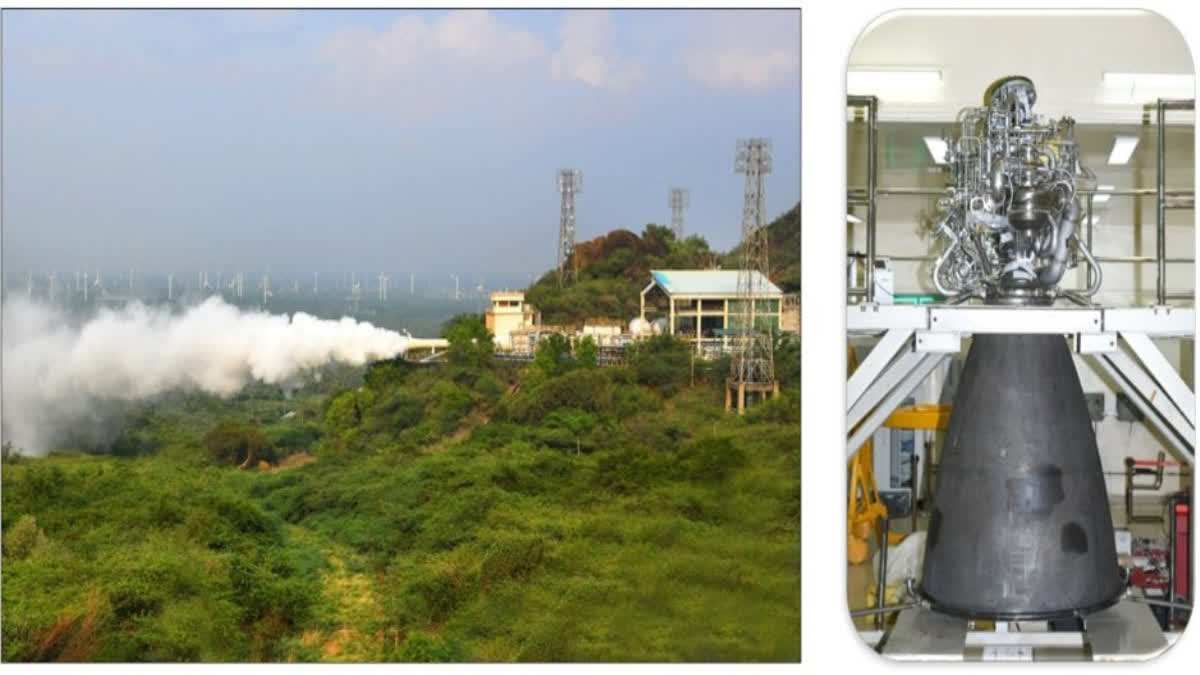Bengaluru: The Indian Space Research Organisation (ISRO) on Wednesday said that it has has accomplished a major milestone in the human rating of its CE20 cryogenic engine that powers the cryogenic stage of the human-rated LVM3 launch vehicle for Gaganyaan human spaceflight missions, with the completion of the final round of ground qualification tests.
ISRO, India's space agency, in a post on X, formerly known as Twitter, stated, "ISRO's CE20 cryogenic engine is now human-rated for Gaganyaan missions". According to ISRO, rigorous testing demonstrates the engine's mettle.
ISRO added that the CE20 engine identified for the first uncrewed flight LVM3 G1 also went through acceptance tests. It also said that February 13 final test was the seventh of a series of vacuum ignition tests carried out at the High Altitude Test Facility at ISRO Propulsion Complex in Mahendragiri, to simulate flight conditions.
ISRO further said that the ground qualification tests for the human rating of the CE20 engine involved life demonstration tests, endurance tests and performance assessment under nominal operating conditions as well as off-nominal conditions with respect to thrust, mixture ratio and propellant tank pressure.
According to the space agency, all the ground qualification tests of the CE20 engine for the Gaganyaan programme have been successfully completed. In order to qualify the CE20 engine for human rating standards, four engines have undergone 39 hot firing tests under different operating conditions for a cumulative duration of 8,810 seconds against the minimum human rating qualification standard requirement of 6,350 seconds, according to ISRO.
ISRO has also successfully completed the acceptance tests of the flight engine identified for the first unmanned Gaganyaan (G1) mission tentatively scheduled for second quarter of 2024.
This engine will power the upper stage of the human-rated LVM3 vehicle and has a thrust capability of 19 to 22 tonnes with a specific impulse of 442.5 seconds, it was noted.



